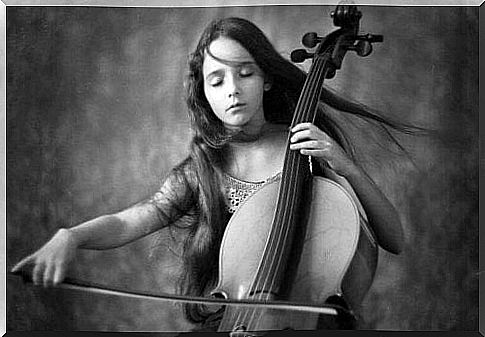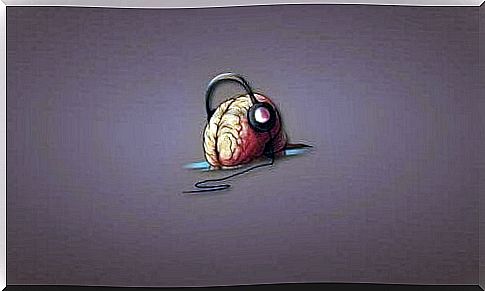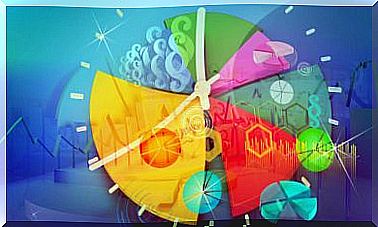The Influence Of Music On People

Music is a universal language capable of awakening unique emotions and sensations. Sometimes you hear someone singing in an unknown language, but you can perceive what they want to convey even if you don’t know exactly what the text is saying. What we do know is that it expresses something happy, sad or dramatic, etc. The influence of music on people is very strong.
Music is like chocolate, almost everyone likes it. It has been like this since time immemorial. As long as culture has existed, there has also been a place for these rhythmic sounds that communicate feelings. In all eras and in all civilizations this particular form of expression has always existed, so rich in styles.
Without realizing it, we sometimes resort to music in search of a container for the feelings that overwhelm us, a place where we can pour them freely without harming anyone. Sometimes we go dancing and let the rhythm of the music mark that of the party. We also look for melodies to calm us down or to study or work. But what is the real influence of music on our mind?
An experiment on the influence of music
This experiment was conducted at the BUAP Faculty of Psychology, Mexico, by Professor Roberto Hernandez Valderrama. His aim was to find out what the effect of a “loud” melody was on anxiety. With a “strong” melody we refer to a melody with an irregular, strong, fast rhythm, listened to at high volume. Basically, it corresponds to “heavy metal”.

137 subjects were chosen for the study, 31 men and 106 women. The average age was 20 and they were all psychology students. First, a test was performed to measure their anxiety state. Then he was asked to listen to heavy metal snippets of 5 minutes each. Each subject listened for a total of 47 minutes.
The researcher observed that while listening, the participants’ level of nervousness had increased. They seemed restless and expressed it by constantly changing positions and making irregular movements with their hands and feet.
Valderrama could, therefore, conclude that these exciting melodies increased the level of anxiety. The explanation is that these rhythms intensely stimulate the sympathetic system by increasing physical and psychological stress. If this stress is not released through movements such as dancing or jumping, energy builds up and leads to typical anxiety symptoms.
The positive effect of music
That musical notes “generate” energy is not a problem. The problem arises when this energy cannot be used by carrying out a physical activity. In this sense, “loud music” is ideal for situations that require aggressive or competitive attitudes.

The musical notes, however, are also able to relax us. Those genres with more regular, slow rhythms, and when the volume is not too loud, succeed. Some pieces of classical, instrumental or light pop music help to calm down. It is also used in environments where radiotherapy or aggressive medical treatments are performed.
Science has been able to define the influence of music by discovering that musical rhythms stimulate different areas of the brain. Research carried out at the University of Florida suggests that musical rhythms activate the brain more than any other known stimulus. Among the main positive effects are :
- It stimulates learning and memory.
- Regulates stress-related hormones.
- It allows you to evoke experiences and memories.
- It affects the heart rate, blood pressure and pulse.
- Modulate the speed of your brain waves.
Good music has also been shown to strengthen the immune system, resulting in better health. No wonder that cows give more milk when they are played with Mozart sonatas or that plants bloom more when there is background music. The secret is to find the rhythm that can help us in each specific situation, so that we can take full advantage of it.










